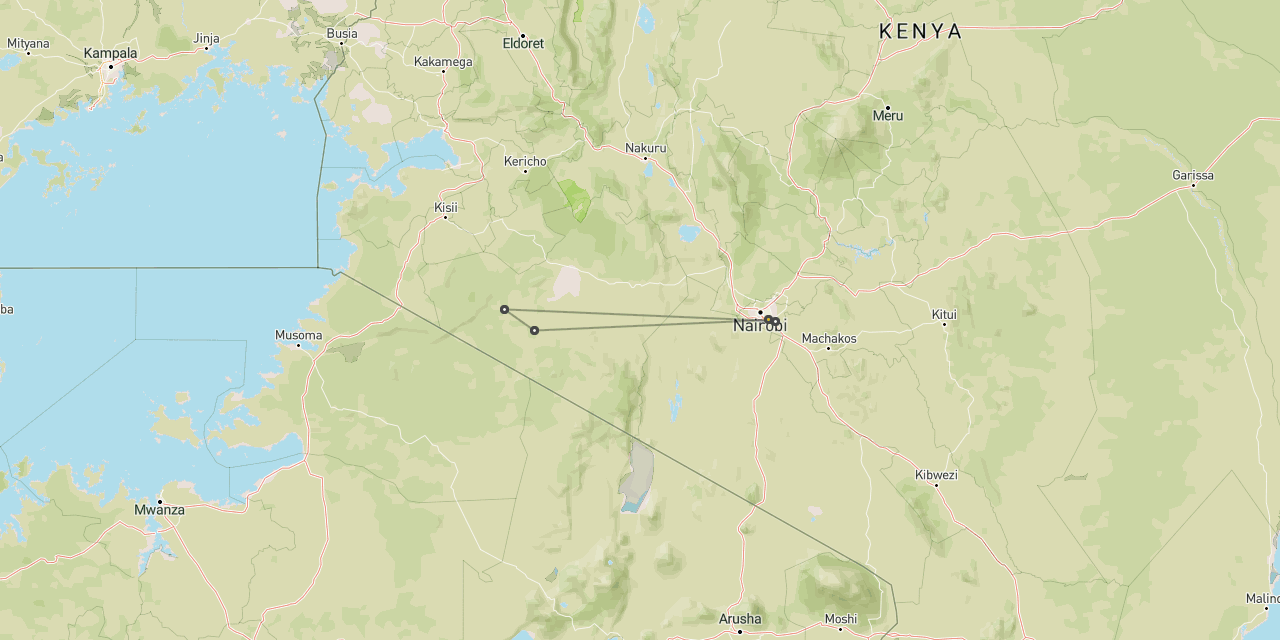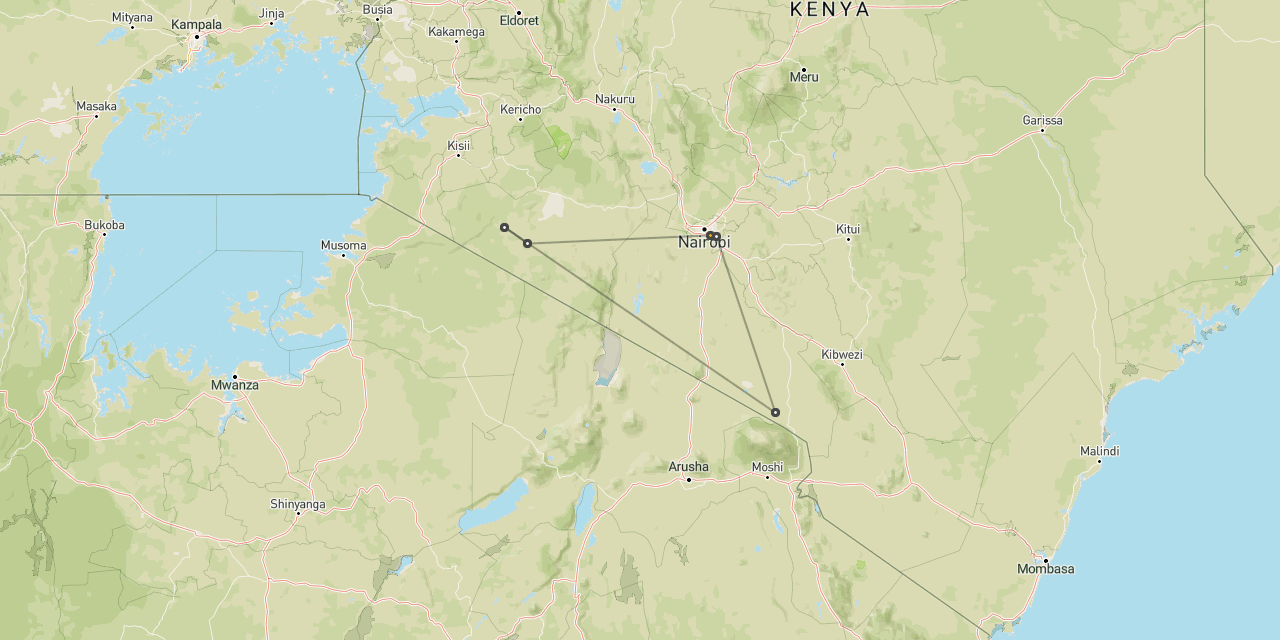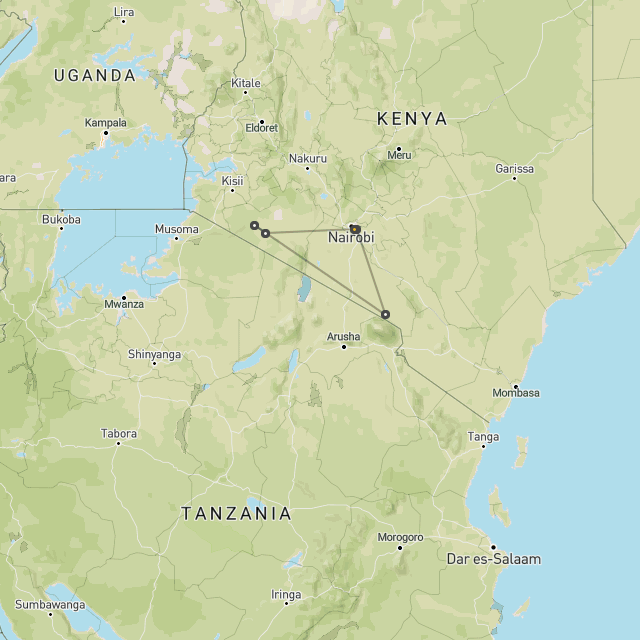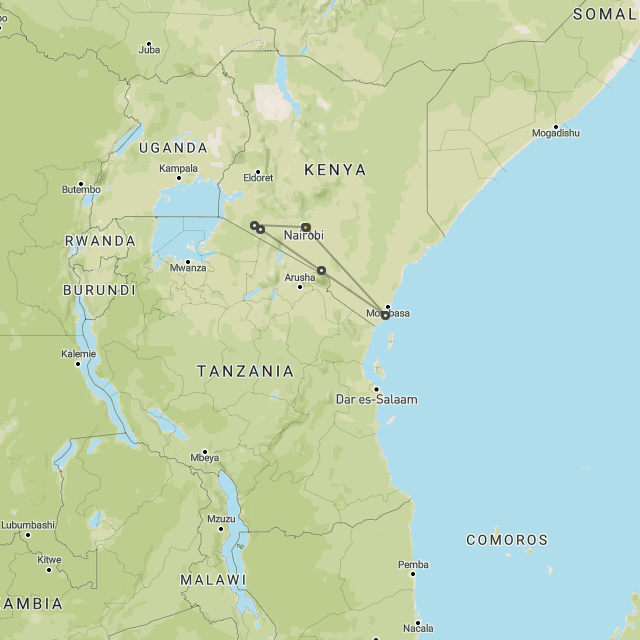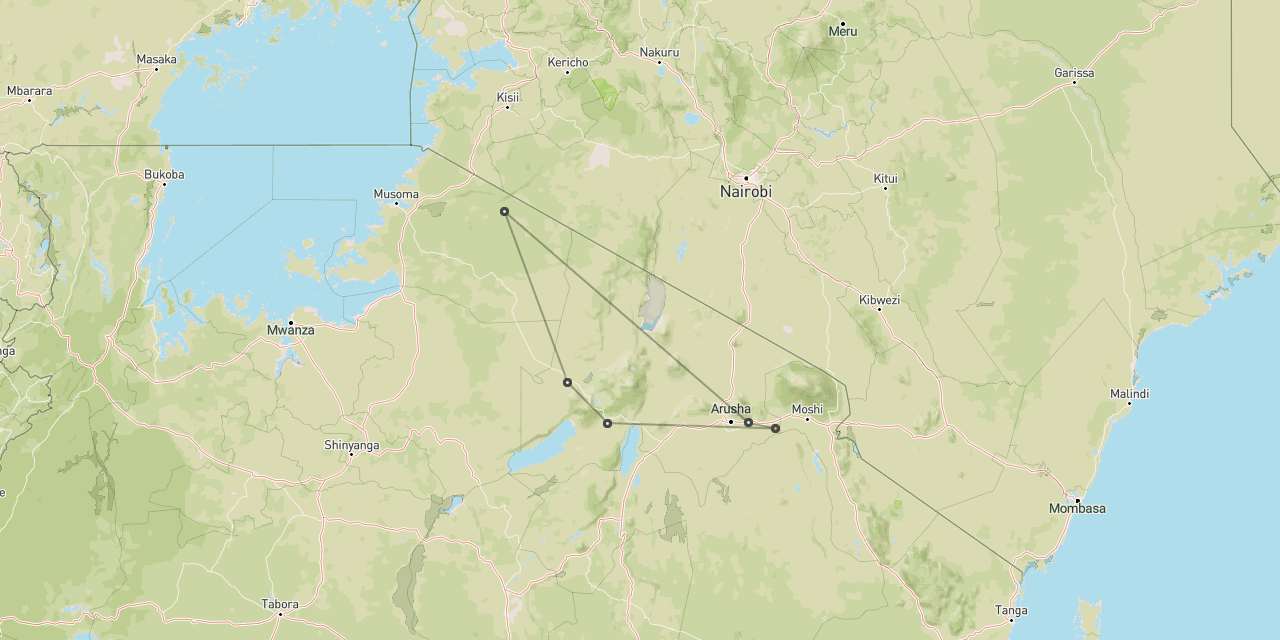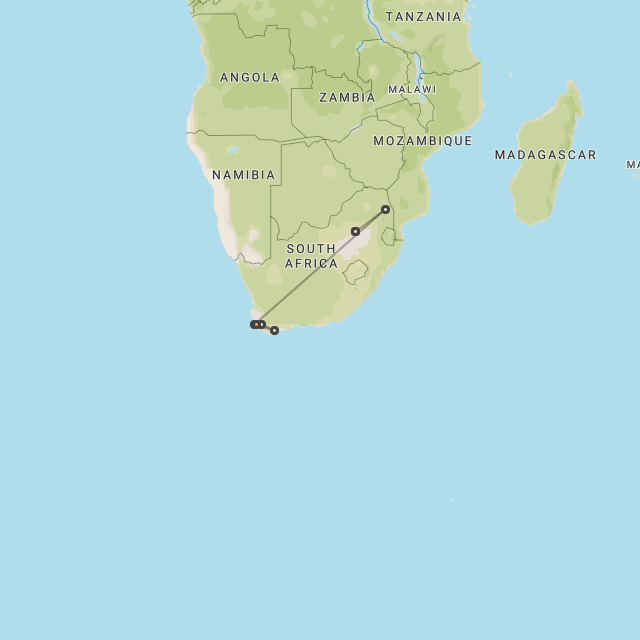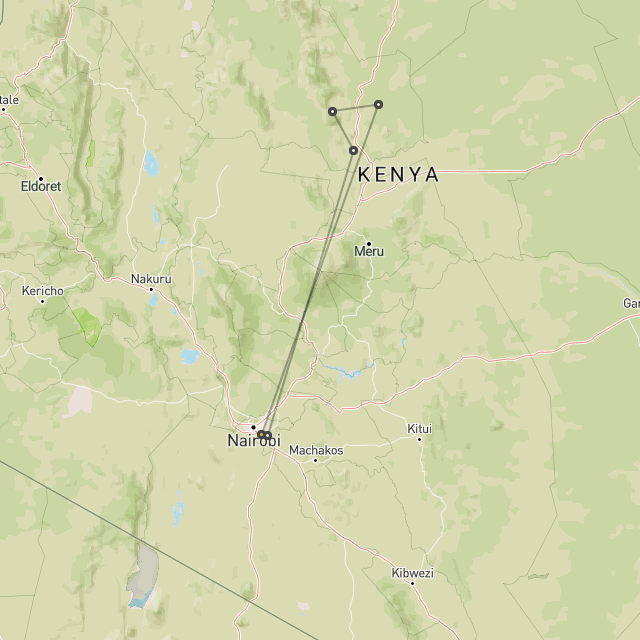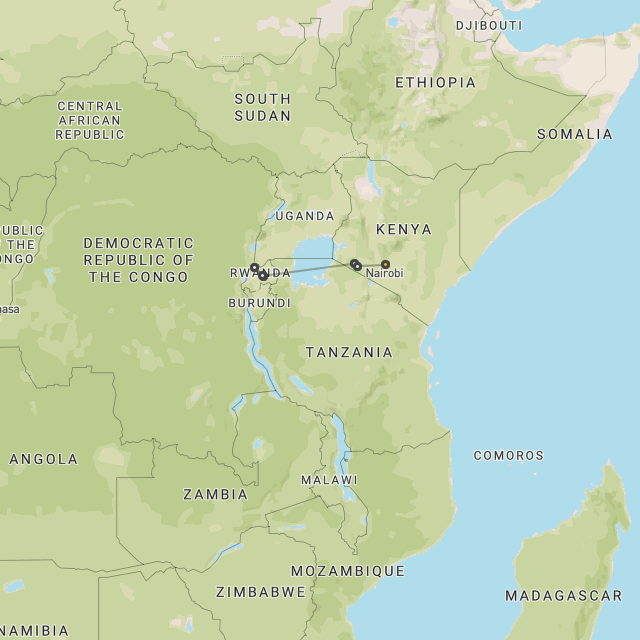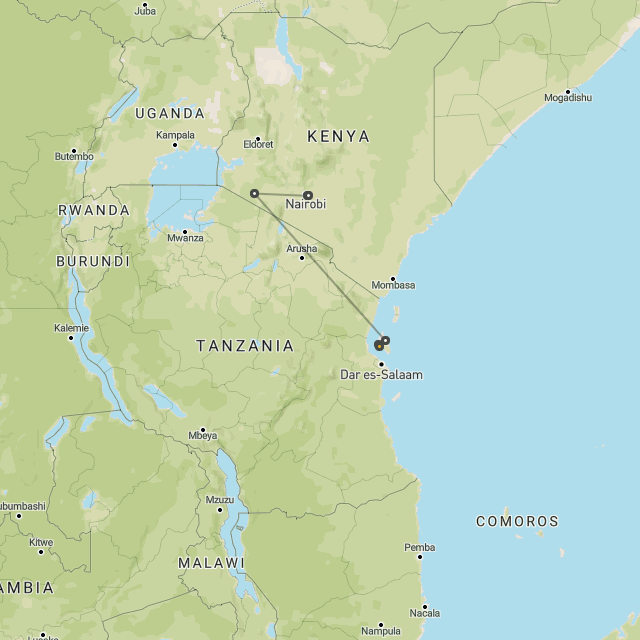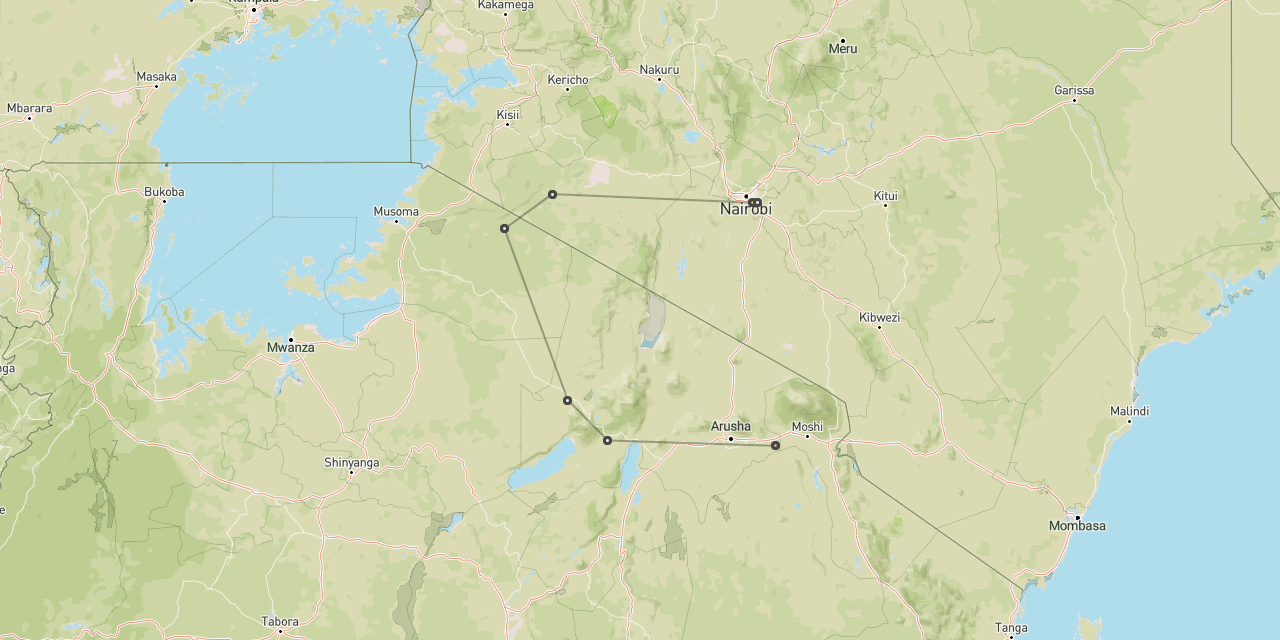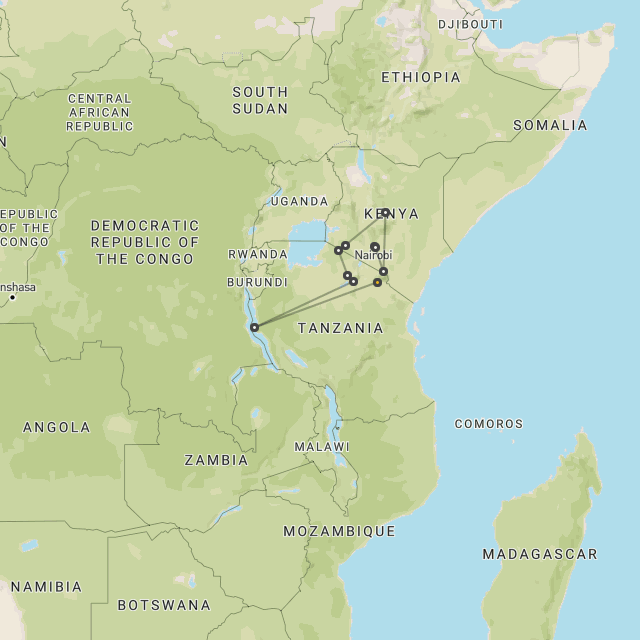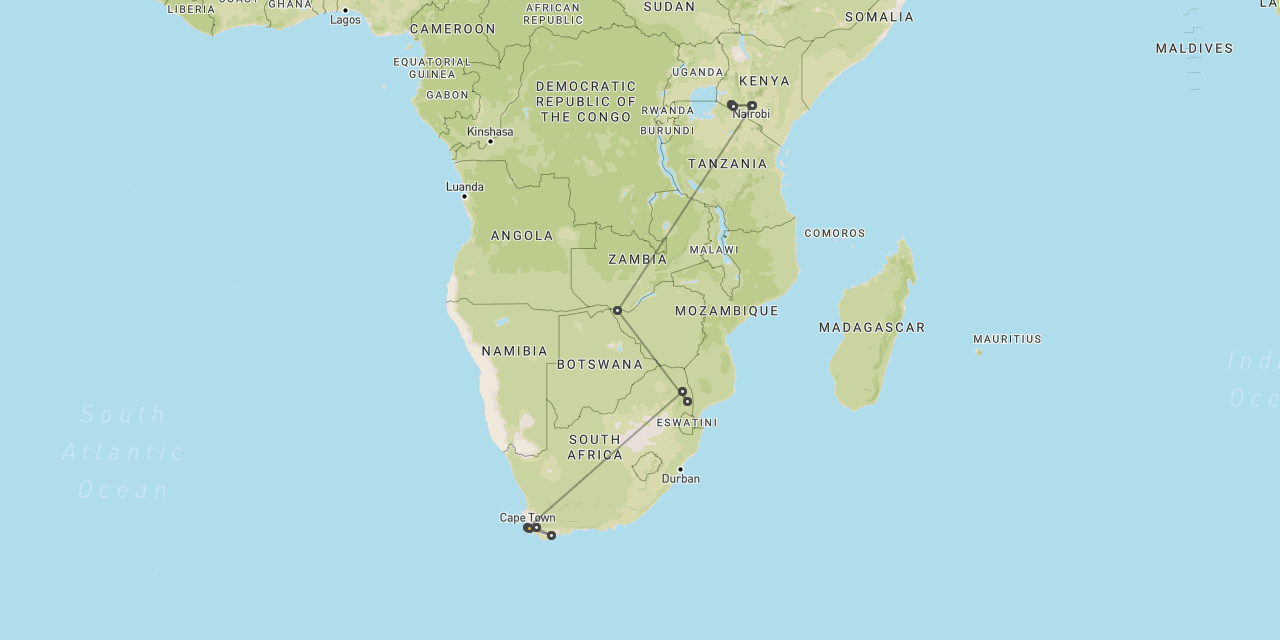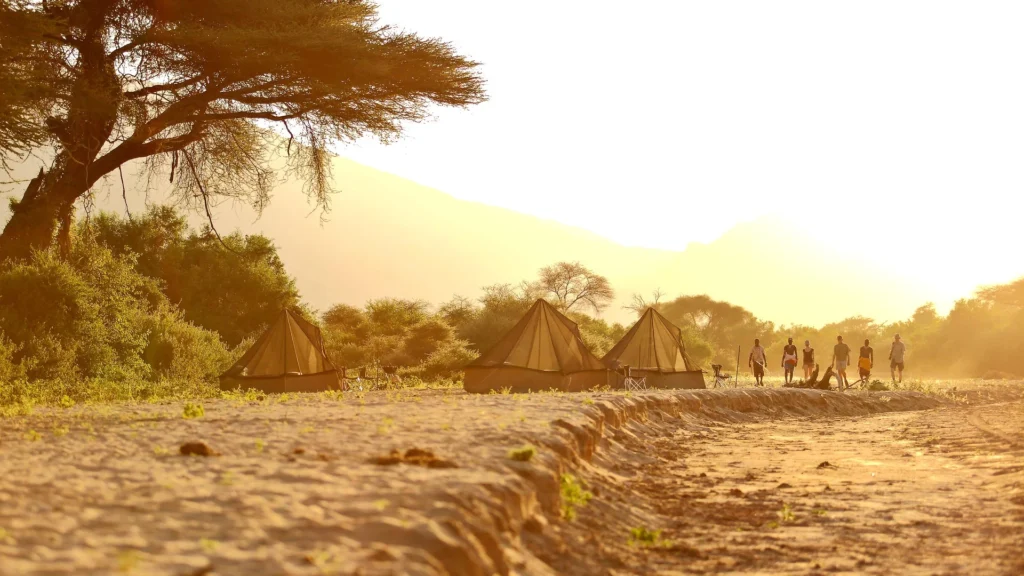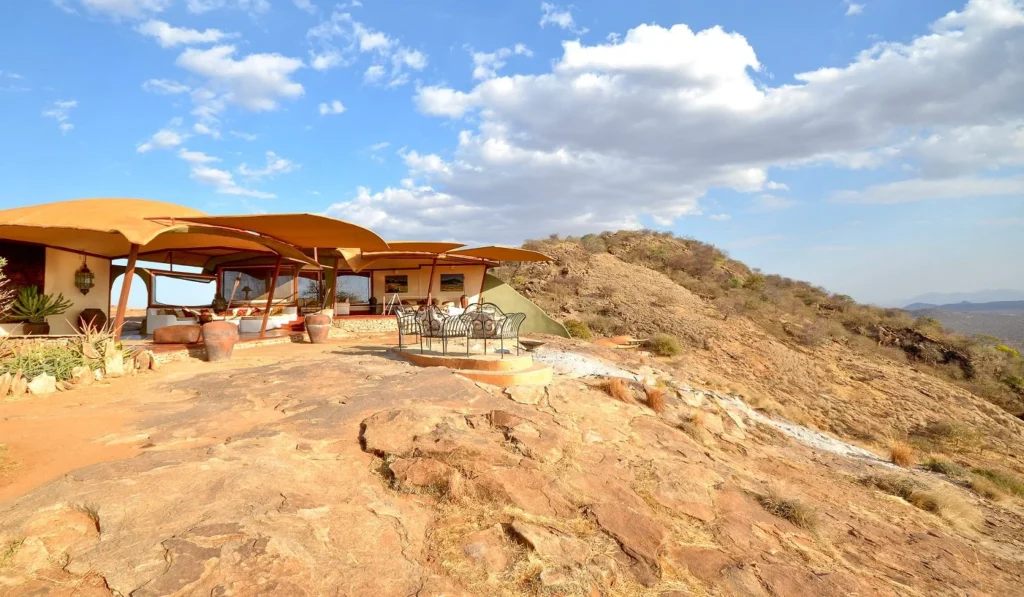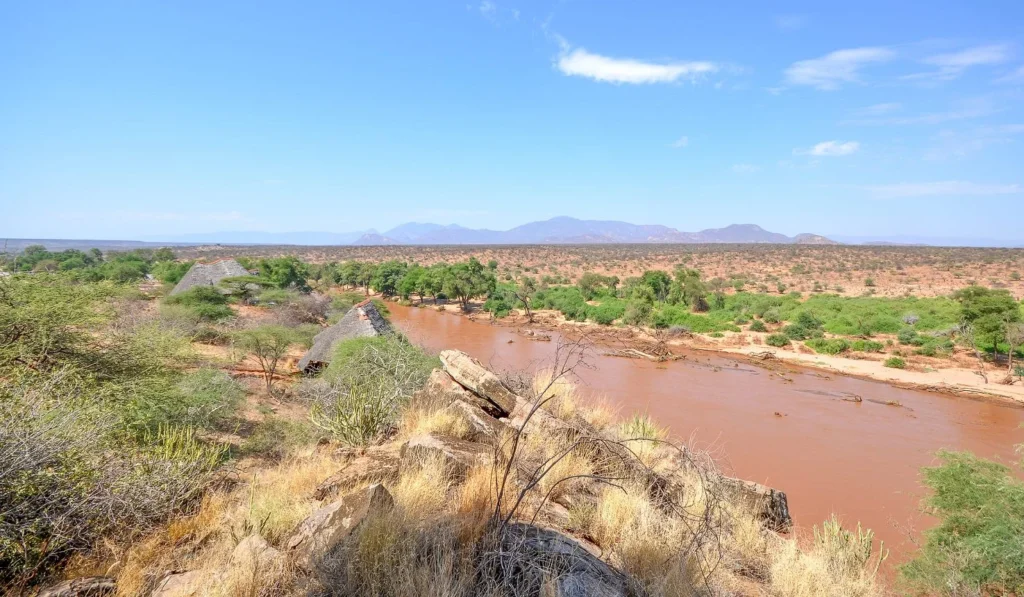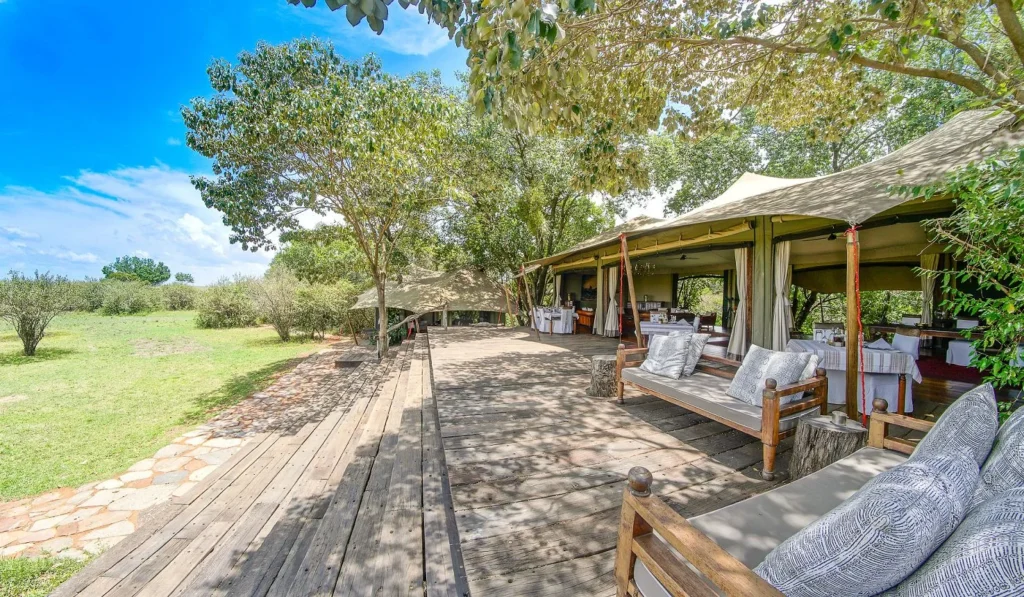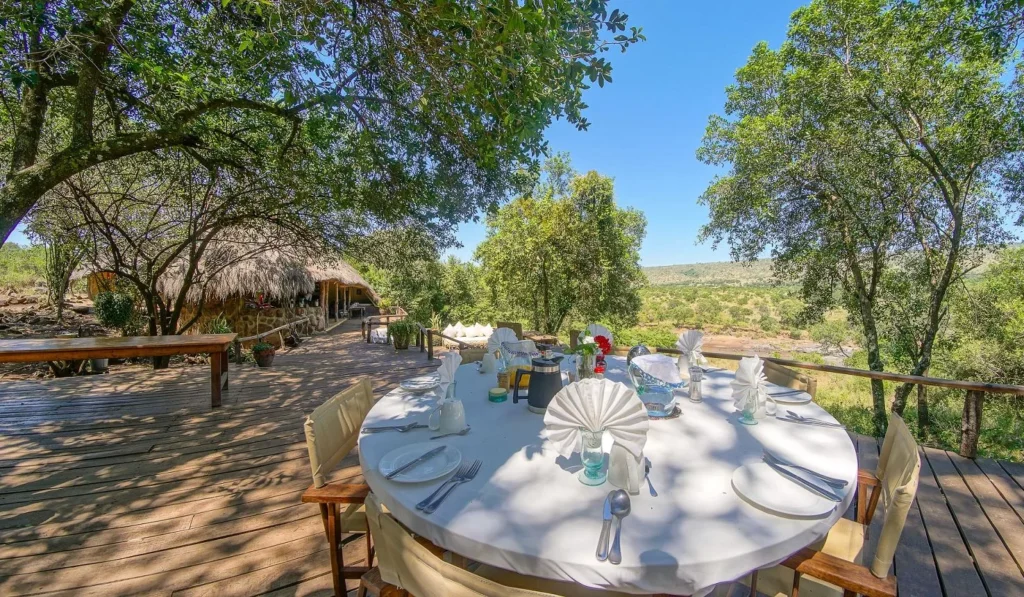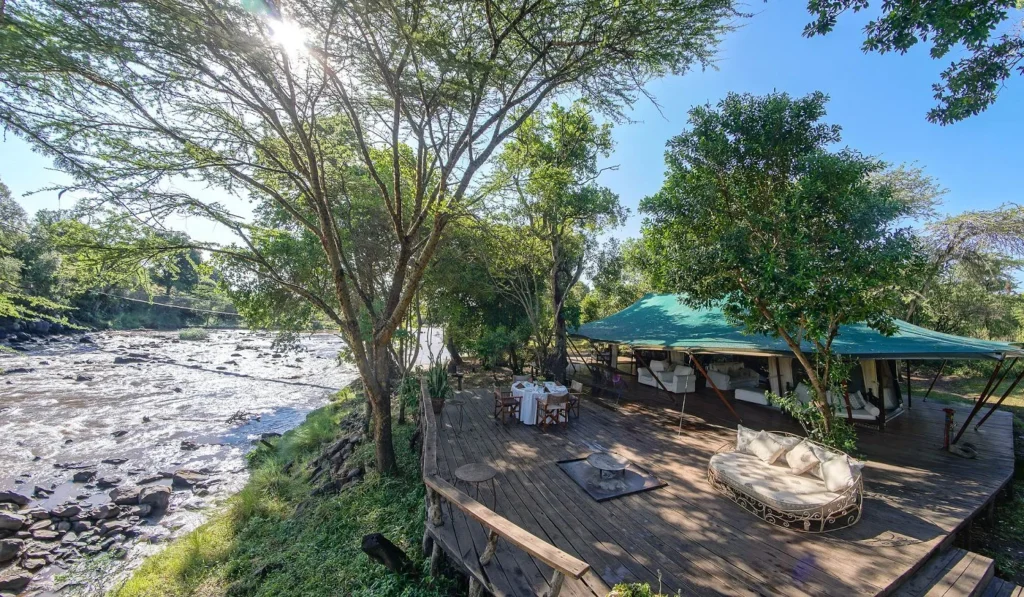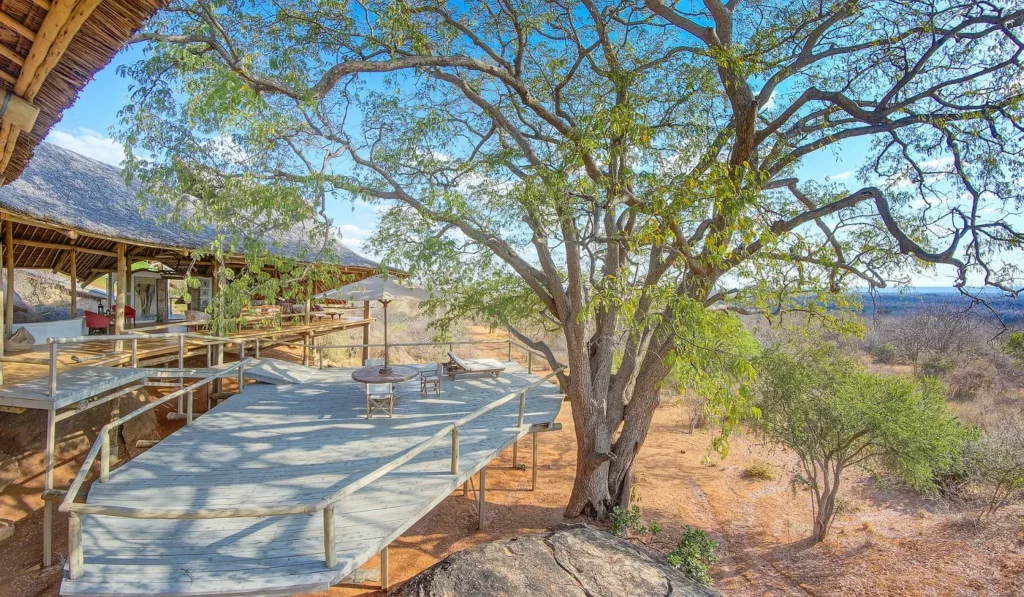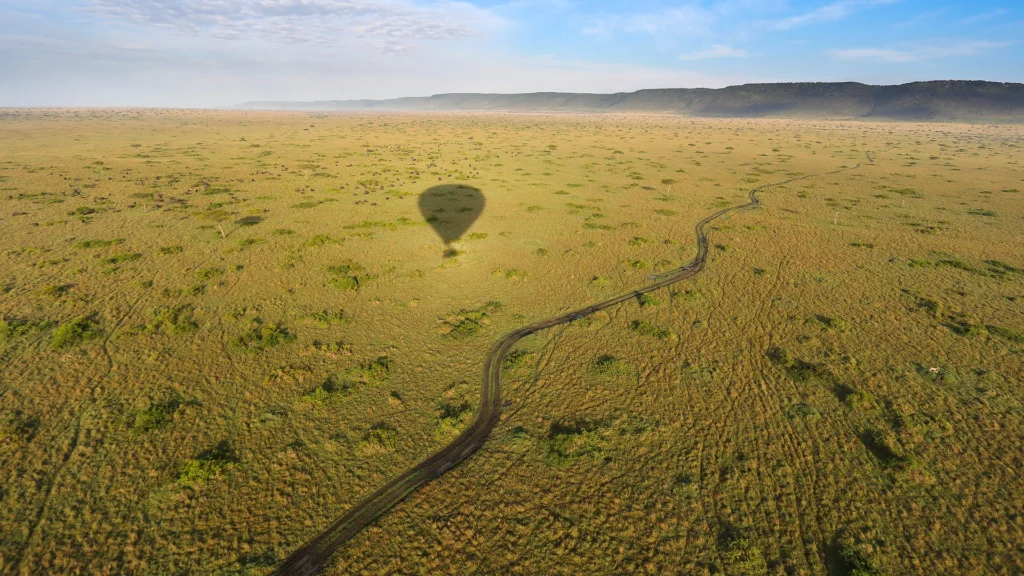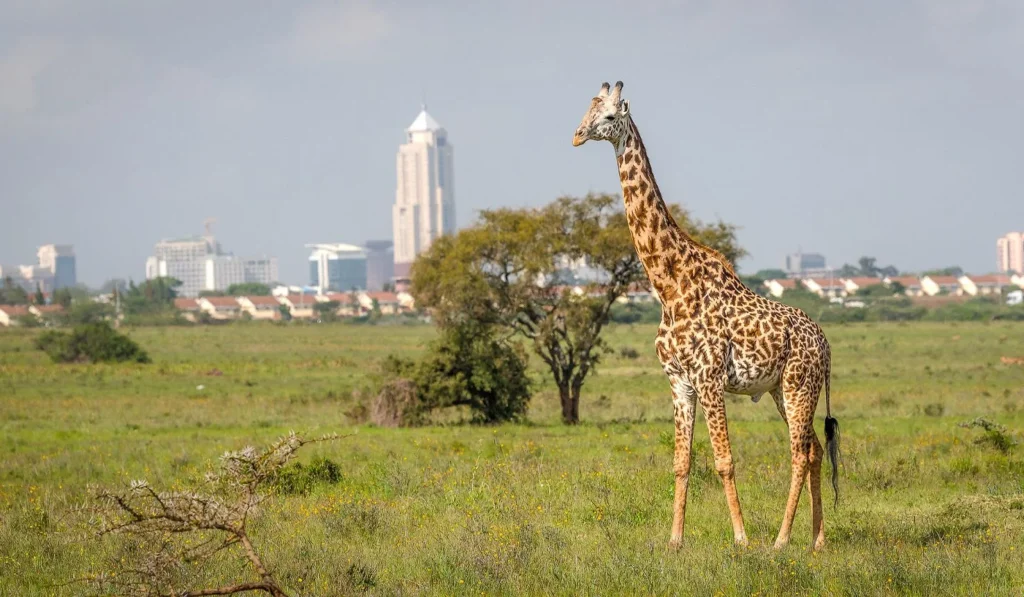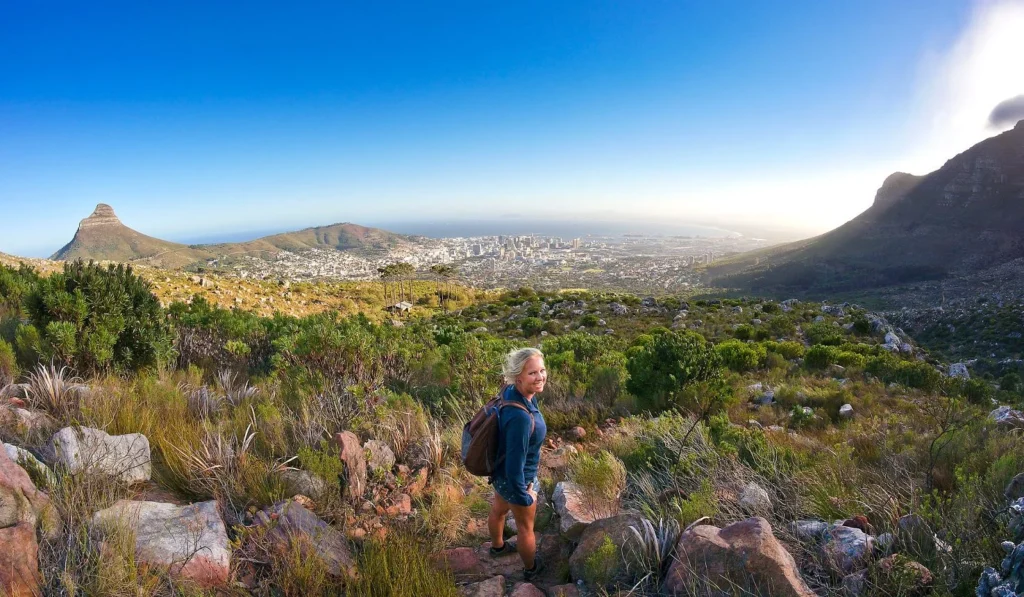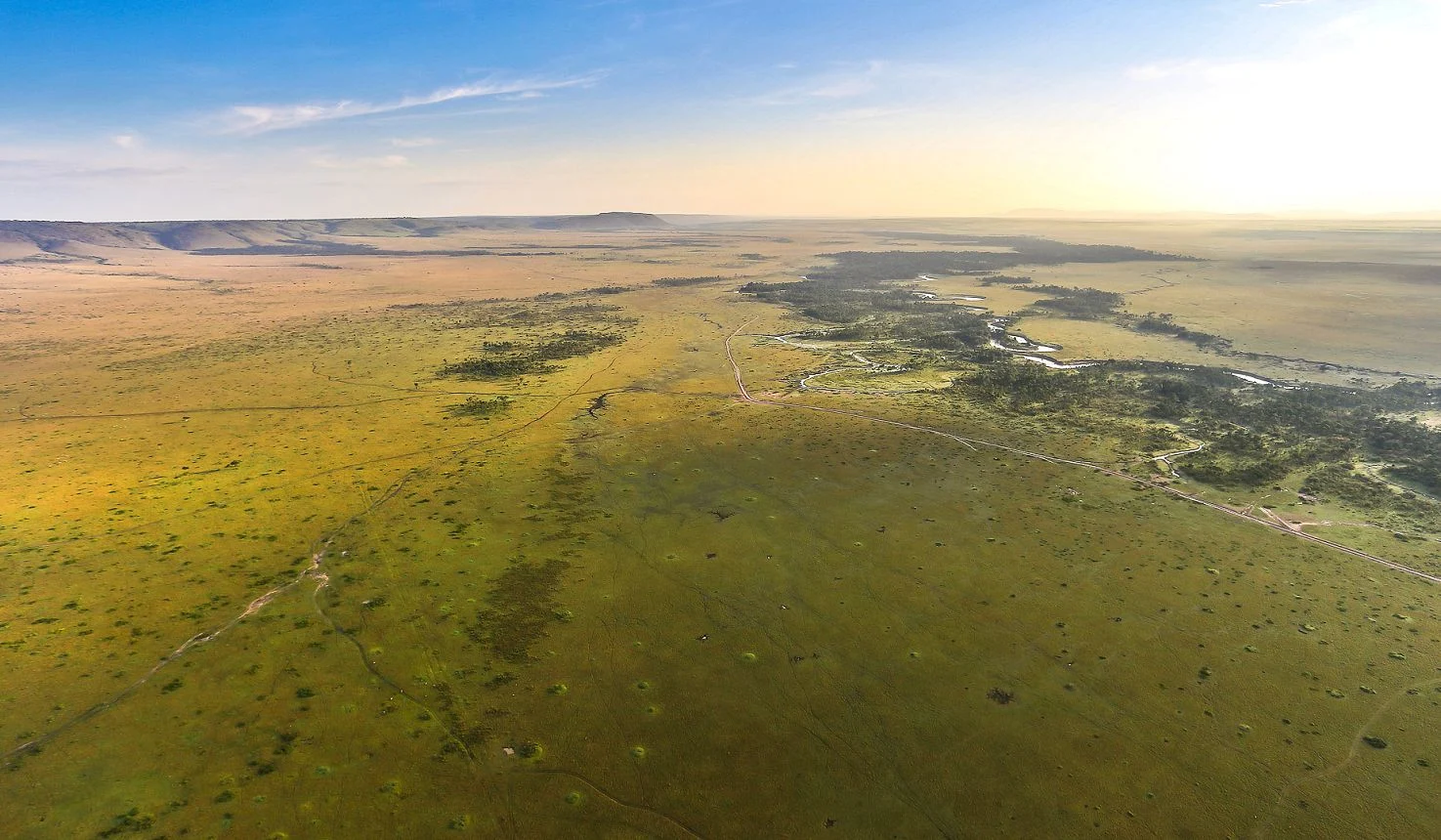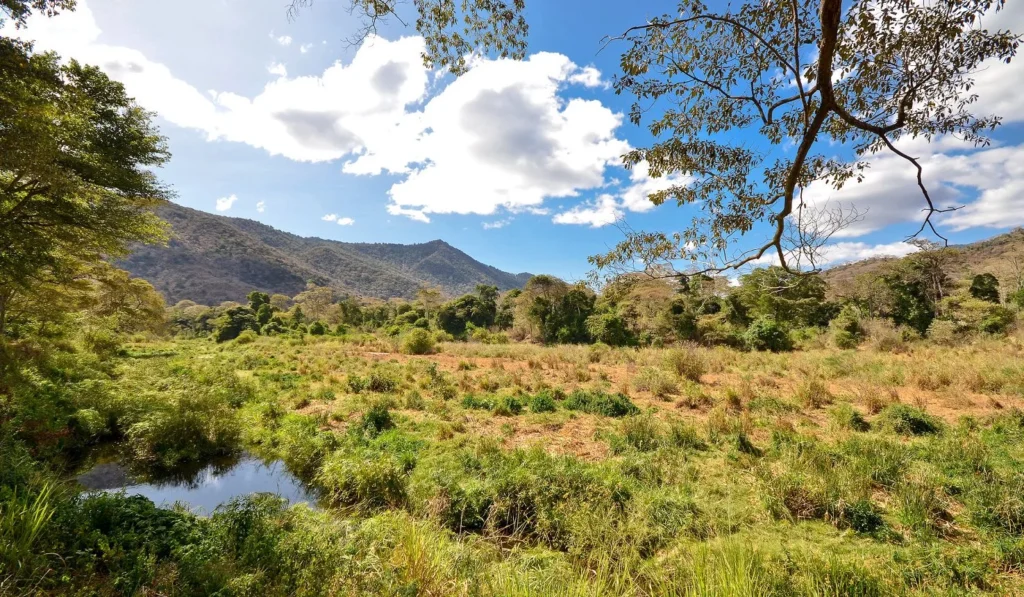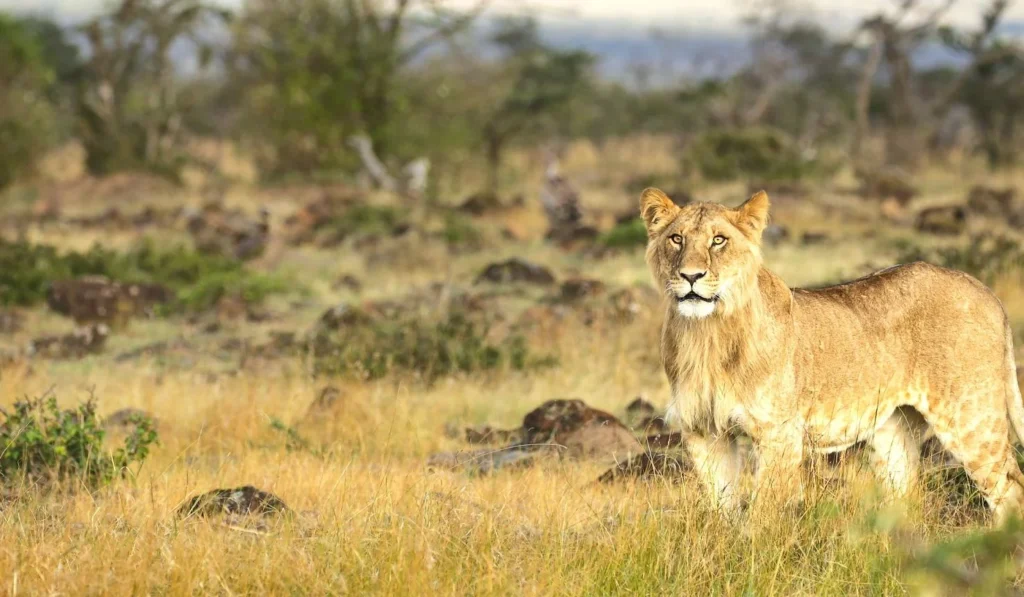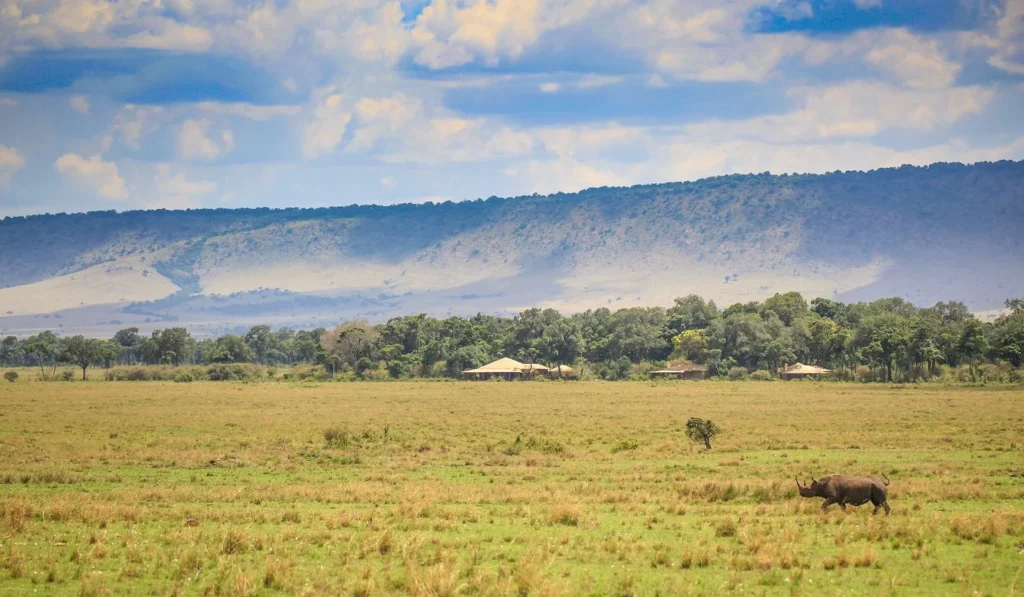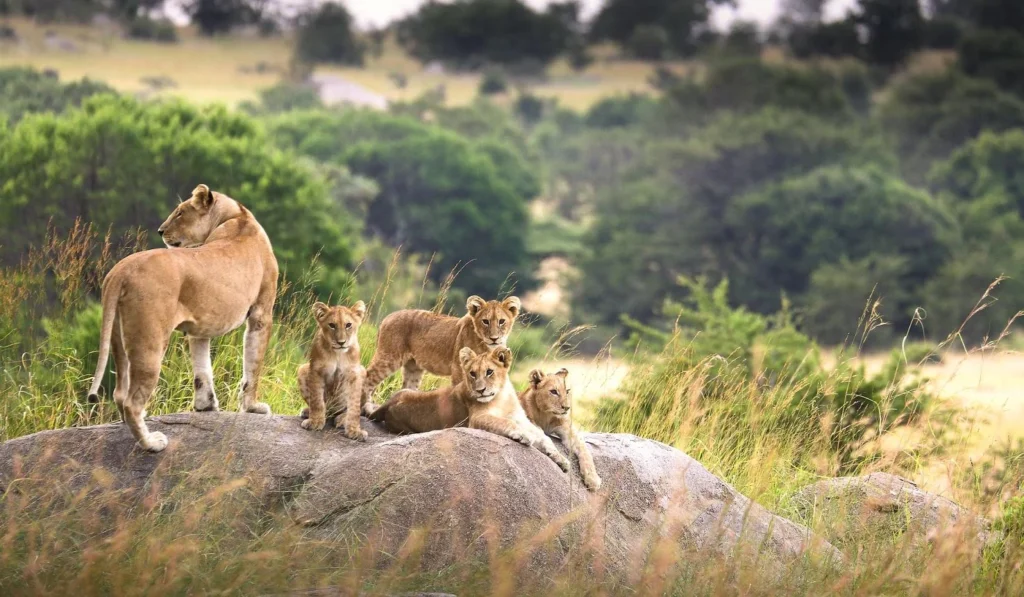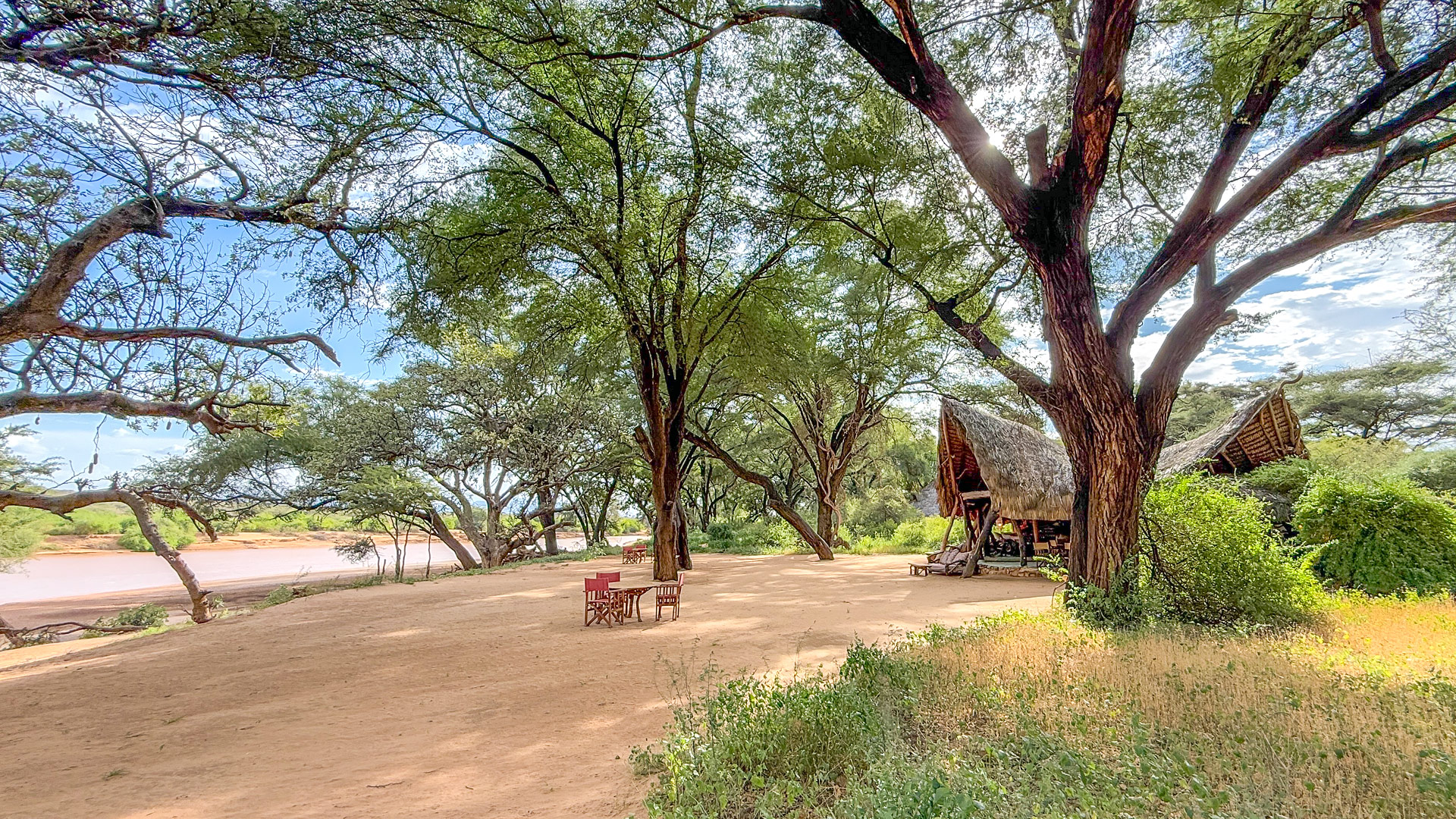
Elephant Watch Camp
Elephant Watch Camp
is a conservation-focused place
in the Samburu area
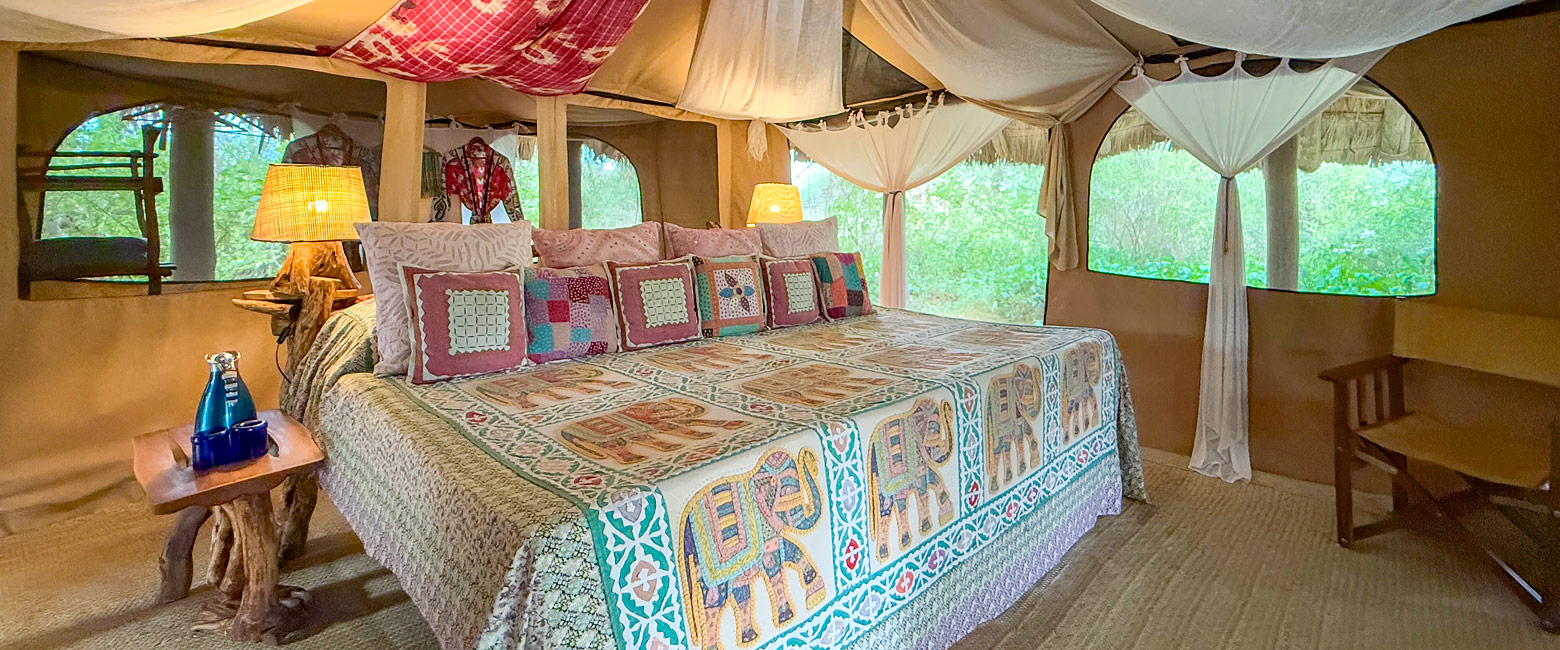
an important centre for elephant conservation
Elephant Watch Camp is located in the Samburu area of northcentral Kenya.
This property was first built by Iain and Oria Douglas Hamilton, who are amongst Africa’s foremost elephant conservationists, whose famous book Among the Elephants inspired a generation of young people to commit themselves to a life in safari and conservation, including a number of us here at ATR.
These days the camp is largely run and hosted by their daughter Saba, who also happens to be something of an “A list” television presenter, you may well know her from the BBC’s Big Cat Diary, as well as the more recent This Wild Life, a charming series about the behind the scenes dramas of life in this camp.
The camp is staffed and largely hosted by local Samburu people, who are very much an integral part of the place. We have always been delighted by time spent with these wonderful people and would like to emphasise how integral they are to the overall experience.
It is centred on a lovely open-sided mess, leading out to a campfire area by the river.
The camp can be particularly active with local animals. Elephants wander between the tents by day and night in search of the tasty fruits of the tortilis trees. Hornbills and vervet monkeys often come into the bathrooms, especially to look at themselves in the mirrors. The dining room is often visited at night by a friendly genet.
Rooms
Guest accommodation at Elephant Watch Camp is in six tented rooms, each with a private outdoor bathroom.
Activities
Elephant Watch Camp provides the following guided activities, not all of which are necessarily included in the room rate …
- Vehicle safari
- Elephant project visits
- Mountain hiking
- Bush meals
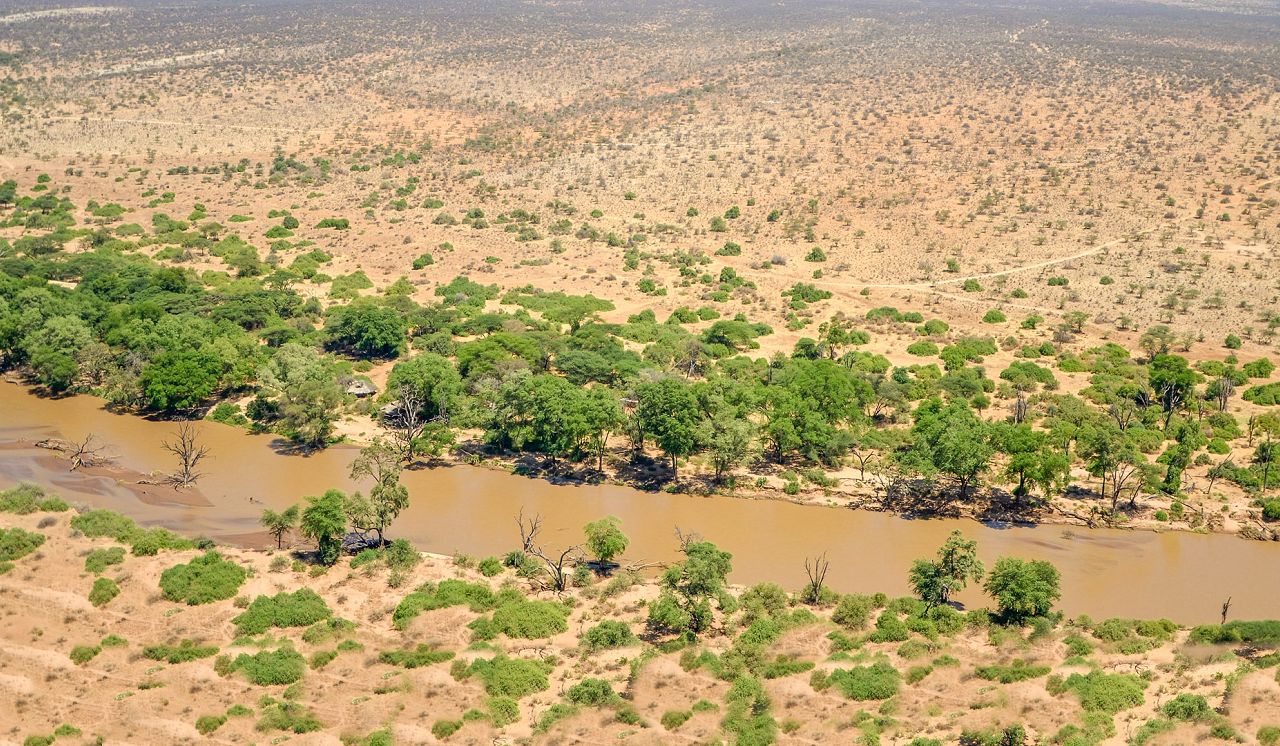
Gallery
Map
Samburu features in a relatively high proportion of trips to Kenya, being perhaps the second most popular area after the Maasai Mara.
The usual stay duration is 2-4 nights.
Seasonality
The best time of year to visit Samburu is generally considered to be the Jun-Oct dry season, but there are good reasons to visit during other months. In an area as naturally arid as this, the Jan-Mar green season can also be particularly interesting.
Getting there
The majority of visitors to Samburu arrive by road as part of budget overland safari, heading to the handful of larger and lower quality lodges inside the reserve. This is the traffic we are trying to avoid.
The majority of our guests access Samburu by light aircraft from Nairobi and distant safari locations like Maasai Mara and Amboseli.
We also sometimes recommend Samburu as a stop on a high quality overland safari steering through the backtracks of this northern region, in which case you would also usually start by arriving into Lewa Downs by light aircraft, heading here by road, then either flying out or continuing overland to the more remote Mathews Range further north.
unusual northern species including gerenuks and Grevy’s zebras
let us know your thoughts about Kenya
and we will help you create the perfect safari
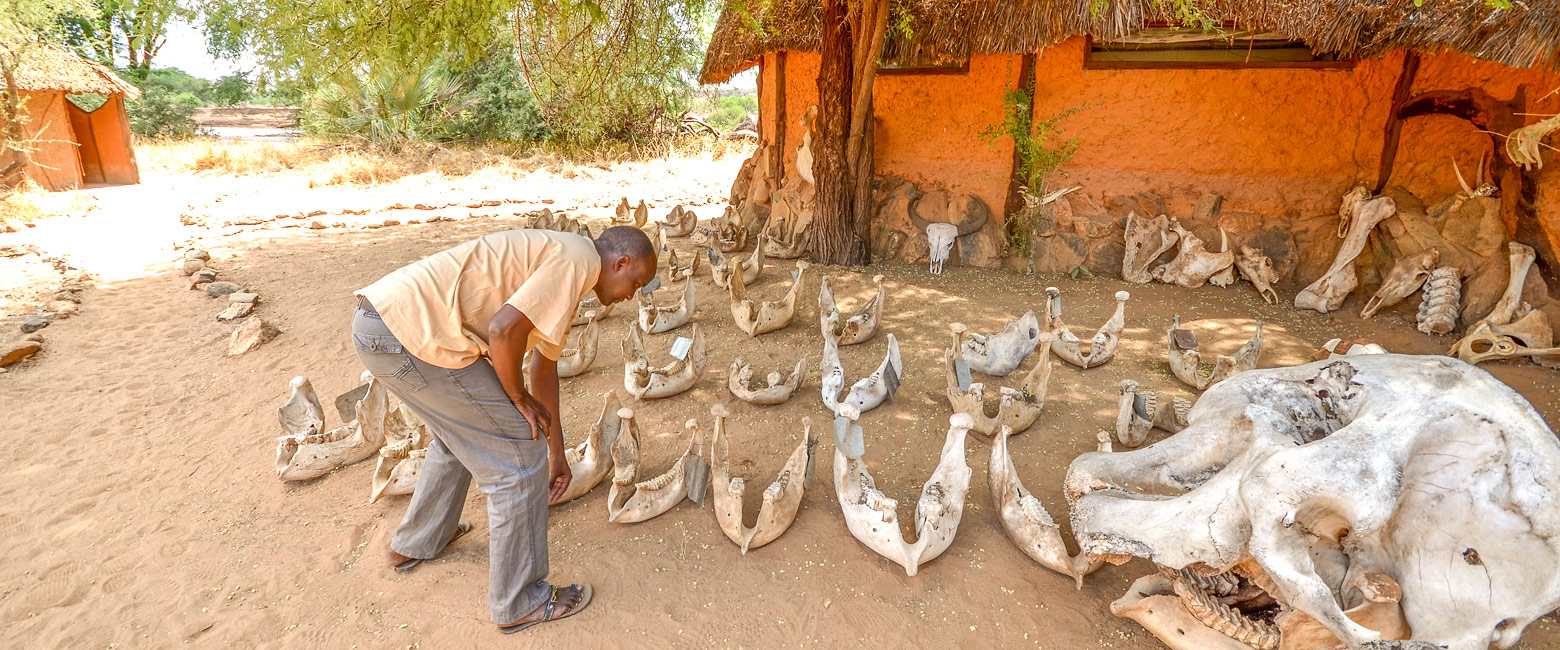
Extraordinary tailor-made adventures,
from earthy and edgy to easy and extravagant
From around USD 2500 per person, you set the ceiling
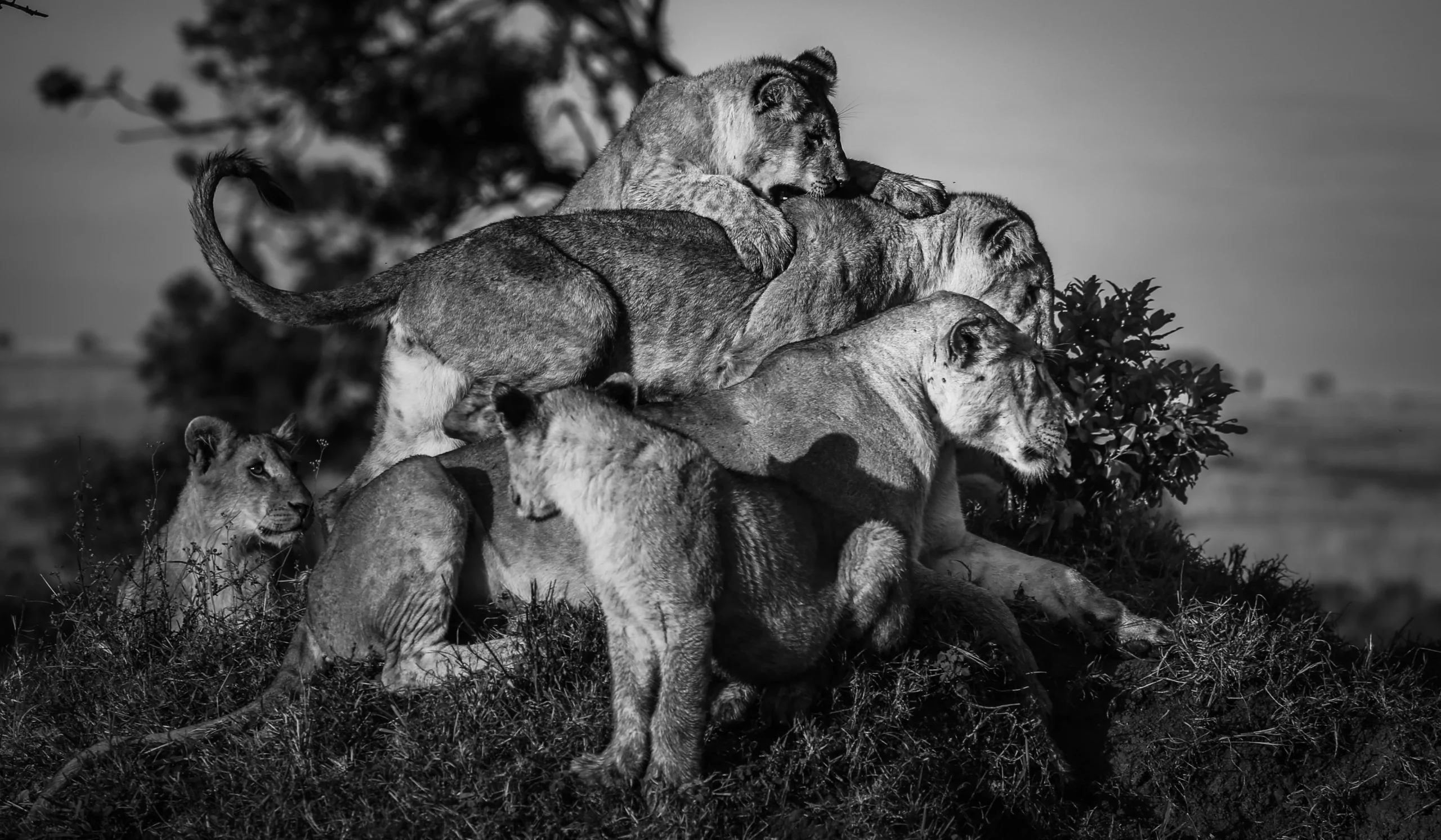
Get started on your trip
It’s never too soon to get in touch, we are here to help with every stage of your planning.
Sample Trips
Here are some of our popular trip shapes
Best Lodges
We regularly inspect and photograph all of the the best lodges, to ensure that we always recommend the most suitable options
Key Locations
Take a look around related locations. Click ‘View more’ to explore locations further afield.








































